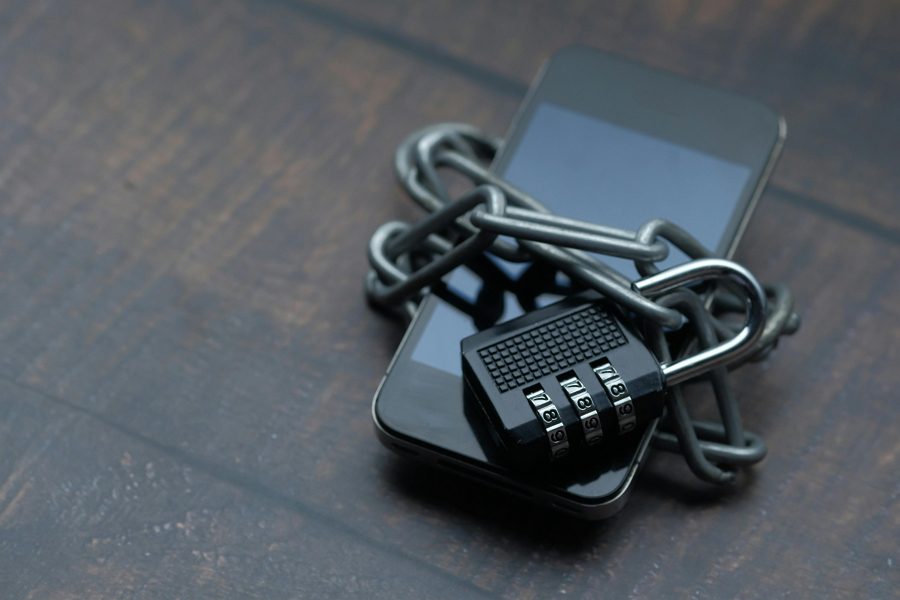The “Encryption Unsuccessful” error is a frustrating issue that can occur on Android devices, preventing users from accessing their data and using their phones. This error typically appears during the boot process and leaves users with limited options, often suggesting a factory reset that would erase all data. However, there are several methods to fix this issue without resorting to a complete data wipe. In this article, we’ll explore step-by-step solutions to resolve the encryption unsuccessful error while preserving your valuable data.
Understanding the Error
Before diving into the solutions, it’s important to understand what causes the “Encryption Unsuccessful” error. This issue often occurs due to:
- Interrupted encryption process
- Corrupted system files
- Software conflicts
- Hardware issues
Now, let’s look at the steps to fix this error without losing your data.
Step 1: Attempt Multiple Reboots
The simplest solution is often the most effective:
- Press and hold the power button to force a shutdown.
- Wait for 30 seconds.
- Turn the device back on.
- Repeat this process 3-5 times.
In some cases, multiple reboots can resolve the issue by allowing the system to complete the encryption process or clear temporary glitches.
Step 2: Boot into Safe Mode
Safe mode can help determine if a third-party app is causing the issue:
- Press and hold the power button.
- When the power menu appears, press and hold the Power off option.
- You’ll see a prompt to reboot to safe mode. Tap OK.
- If the device boots successfully in safe mode, the issue may be caused by a recently installed app.
Step 3: Clear Cache Partition
Clearing the cache partition can resolve many system issues:
- Power off your device.
- Press and hold the Volume Down and Power buttons simultaneously.
- When the device vibrates, release the buttons.
- Use volume buttons to navigate to Recovery mode and press the Power button to select.
- In recovery mode, use volume buttons to select Wipe cache partition.
- Confirm and wait for the process to complete.
- Reboot your device.
Step 4: Use ADB to Clear Data Partition
For more advanced users, Android Debug Bridge (ADB) can be used to clear the data partition:
- Enable USB debugging on your device (if accessible).
- Connect your device to a computer with ADB installed.
- Open a command prompt and enter:
adb devices adb shell rm -rf /data/system/locksettings.db - Reboot your device.
Note: This method requires some technical knowledge and may not be suitable for all users.
Step 5: Flash Stock Firmware
If previous methods fail, flashing stock firmware can often resolve the issue:
- Download the official stock firmware for your device model.
- Use a flashing tool like Odin (for Samsung devices) or Fastboot.
- Follow the specific instructions for your device to flash the firmware.
- After flashing, boot your device normally.
Caution: Flashing firmware can be risky and may void your warranty. Proceed with caution and ensure you follow instructions specific to your device model.
Step 6: Use a Custom Recovery
Custom recovery tools like TWRP can provide additional options:
- Boot into custom recovery mode.
- Navigate to Wipe or Advanced Wipe.
- Select Data partition and change the file system to ext4.
- Perform the format and reboot.
Note: This method requires an unlocked bootloader and custom recovery, which may not be available or advisable for all users.
Step 7: Check for Hardware Issues
If software solutions fail, the problem may be hardware-related:
- Check for any physical damage to your device.
- Ensure the battery is properly connected and not swollen.
- If possible, try booting with a different battery.
- Consider professional repair services if hardware issues are suspected.
Step 8: Seek Professional Help
If all else fails, it’s time to seek professional assistance:
- Contact your device manufacturer’s support.
- Visit an authorized service center.
- Explain the steps you’ve already taken to troubleshoot the issue.
Professional technicians may have specialized tools and knowledge to resolve the issue without data loss.
Conclusion
The “Encryption Unsuccessful” error can be a daunting problem, but it’s not always necessary to resort to a factory reset and lose all your data. By following these steps, from simple reboots to more advanced techniques like ADB commands or flashing firmware, you can often resolve the issue while preserving your valuable information.
Remember to always back up your data regularly to prevent potential loss in case of unforeseen issues. If you’re not comfortable with advanced troubleshooting methods, don’t hesitate to seek professional assistance to ensure the safety of your device and data.
By understanding the causes and solutions for the encryption unsuccessful error, you can approach the problem methodically and increase your chances of a successful resolution without data loss. Stay patient, follow the steps carefully, and you’ll likely be able to regain access to your Android device without sacrificing your important files and settings.

Leave a Reply